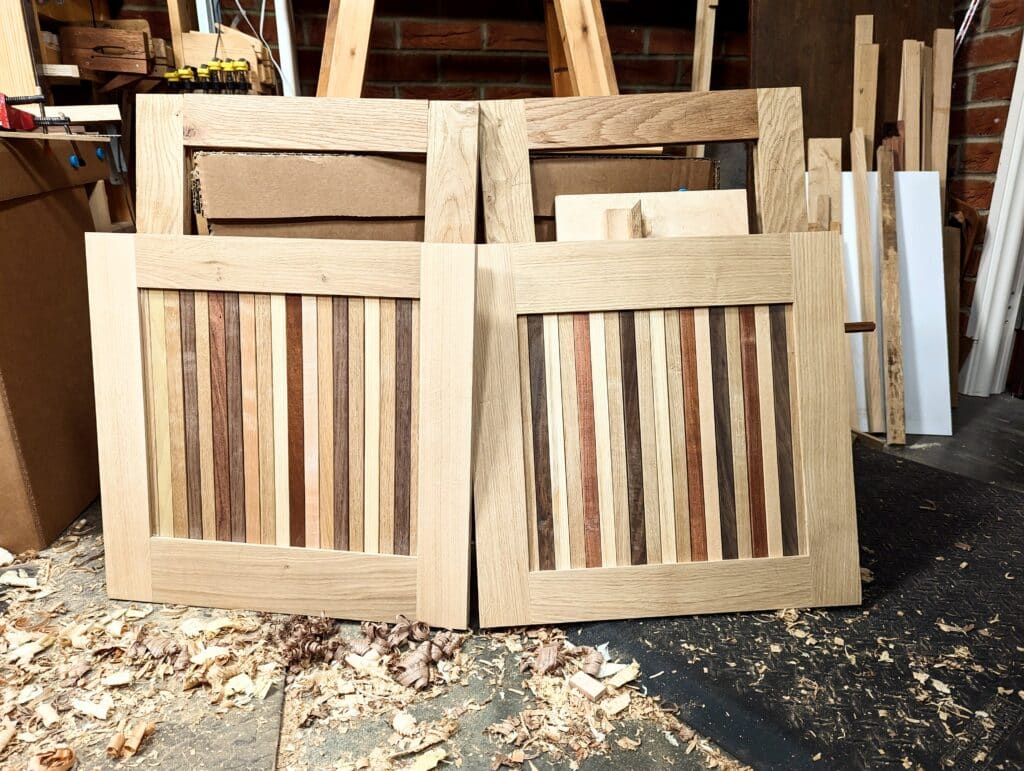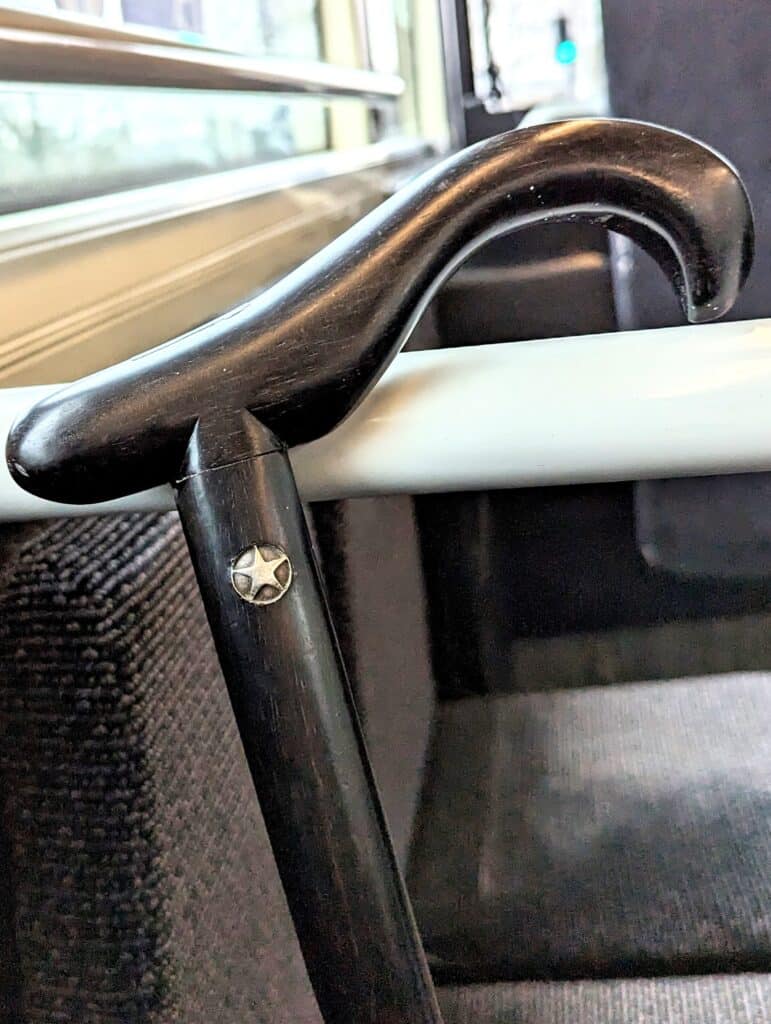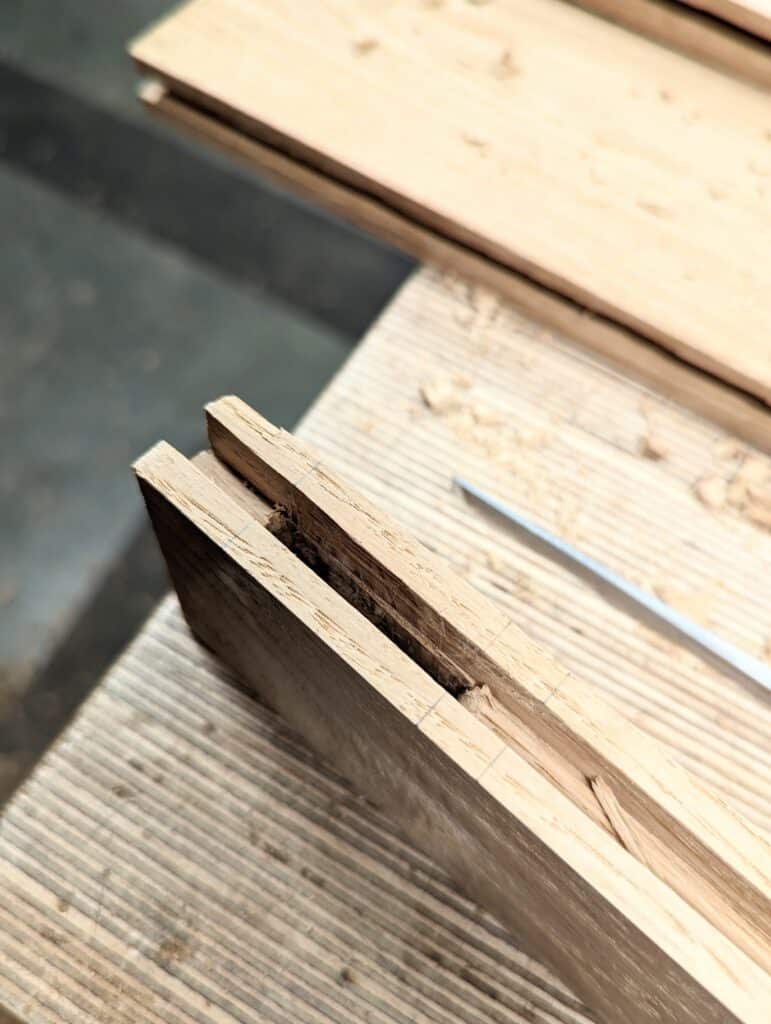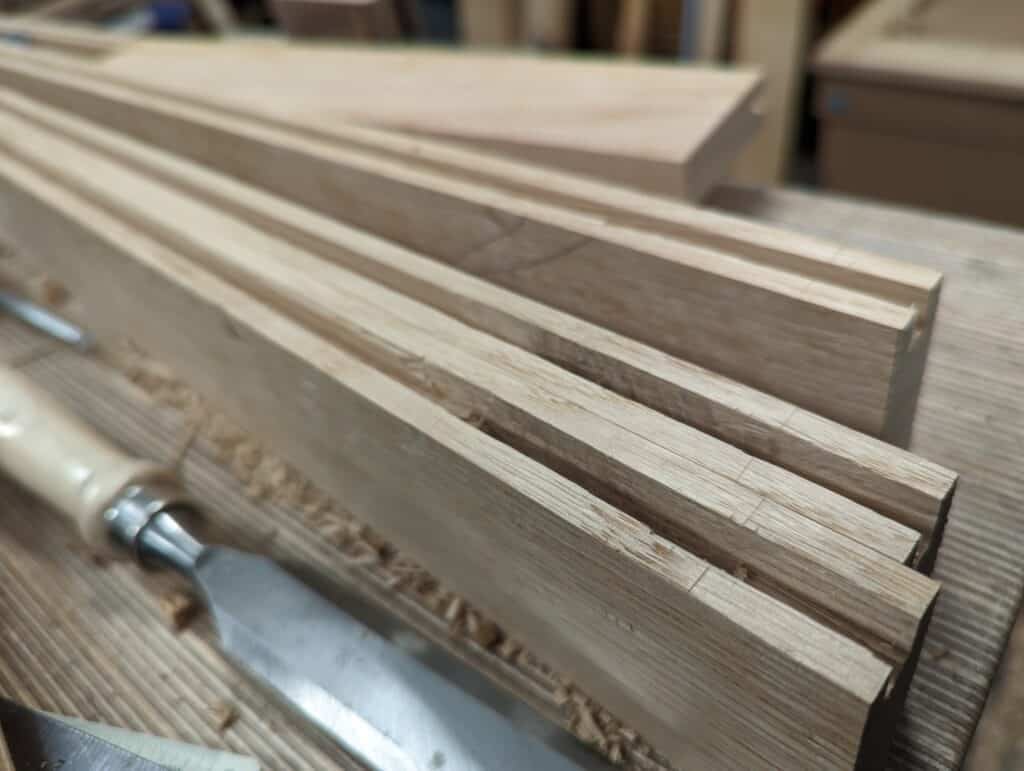Competing

Something I always did when working on more tedious work was timing myself and seeing how I could improve production. The decades passed and coming off the conveyor belt allows you to take better control of life in a more wholesome way. Back in my mass-making days in various businesses I started, I would count the number of products made or the number of minutes and second each item or section of work took to do. It’s part of my disorder I think. My first-ever walking cane took me almost two full days to make. This was a lifetime ago back in 1988; hard to believe. It was like the one shown below. You can’t see the twist in the shaft. The silver inset star is of course the symbol of the Lone Star State where I lived for 23 years. These were lost-wax castings that identified the canes as being made by me.

My customer, who having newly discovered she had MS, ordered a cane to be made and paid me $150; it was beautifully made by hand from cocobolo. She asked me to make it the best way possible but only by hand. I designed my first-ever walking cane, mortised the handle and tenoned the stem through. That single cane led me to start manufacturing them by the hundreds and then the thousands. In the final iteration as a mass-maker I could make a single oak walking cane in an average of just four minutes plus finishing time which was about the same using an HVLP sprayer and applying four quick successive coats of lacquer. It became a soulless enterprise and I couldn’t wait to get out of it in the end. It was a choice between life and death. On the one hand, I made money, on the other I felt I was losing even more than my life. Thankfully it was just for a season. My future became fulfillingly engrossed in the conservation and preservation of a lived life immersed in real woodworking. No more machining substitutes but true craft. I went back to hand-making my walking sticks and instead of getting £10 wholesale from buyer/distributors, I charged the customer directly £36 and up for an item that took me an hour or so to make. There wasn’t too much difference in the end if you take off time to pack and ship wholesale amounts via UPS. Sanity.

This week I had 24 mortises to chop out an inch and a quarter deep. Almost at the end with four left to do, I asked everyone if we should show the real-time it took me to cut two of them in the stile of a frame. The two took me 11 minutes and 42 seconds. I worked steadily and without rushing. We filmed it and also clocked the clock so everyone could see the reality of it for a series we are working on. Without filming, I did the last pair the same way and there was but 30 seconds difference. I wasn’t surprised too much that the time seemed to pass more quickly. I worked steadily and progressively but did not rush. What I noticed though might not be apparent at all. Adding that dimension of self-timing made the time and the task go not just faster but ten times faster. Of course, it didn’t mean it was a shorter passage of time but, more, it added a dimension of interest beyond the act of chopping. So, if you do follow anything I do with regards to repeat joinery many times in a project, try timing yourself with a timer. Search out different ways to apply yourself and time them as you go. It’s less about competing with yourself but learning which methods are more efficient and thereby time and energy saving. I think you will find the results interesting

I had two mortises left to do and I set the timer on my phone again. What was interesting was that these two took me 11 minutes and 28 seconds so hardly any difference at all. Tenon cutting and fitting takes longer, much longer. I didn’t time this aspect in the same way because the method of tenon cutting and fitting can be very different depending on grain issues. Split-cutting in straight grain is by far the fastest and then pare cutting is second. Sawing comes in last but I still use all three methods in my day-to-day.


Thank you for the encouragement Mr Sellers!
I’ve been making dibbers for the local gardeners here at about $15 USD each. It’s been fun trying to get a little quicker each time I make one. It’s mostly my improving skills that allow me to use less time when making them but fun to see the improvement nonetheless. I’ve learned to take a heavier cut with the plane when initially rounding my blanks and keeping my spokeshave set to two different depths. I still need to work on my card scraper skills though. I find I spend a bit too much time with the sandpaper and improvements in my scraping skills will assuredly help me out.
I’ve made a cane for one of my co-workers who won’t have his knees replaced for a few more years, but have had no luck getting a commission for one. Would you recommend that I make one a bit long that can be quickly cut down when a customer comes to pick it up? I’ve been toying with that idea, but hesitant to ruin a cane if I screw it up at the last minute.
I generally made my canes to 38″ and then cut them down to fit the individual. Have them stand upright arms by their sides and not looking down at what you are doing. measure from the floor to the crease of the wrist and then add half an inch. Cut at this length and have them try it. If it feels tool long cut a quarter inch off and keep trying until they feel it is right. Usually crease of the wrist will be the right height.
The stars at night, are big and bright …
Deep In The Heart Of Texas !!!
Dear Paul,
Thank you so much for sharing this much sense and sanity.
I’m very interested in a “real series” especially including the sharpenings. Because to cut a mortise efficently is to have good sharp chisels. to resaw a big plank is to have a good sharp saw.
You often start the filming of a joint making by ” i’d just sharpen my (insert intended tool for the task here)”.
As an amateur i usually sharpen all my needed chisel before each session and fair quite well with that. the saw is less often (something like one every 4 sessions. (session are ~4 hours, but as a “young” amateur, not much is acheive in 4 hours :D).
Well, what i m wondering around , is that i really would love to see a full day of work to assess sharpening frequency given the tasks you realise.
Best Regards,
V.
Hello Paul,
I’ve lots of jobs that gets boring and I always founds ways of going faster. Didn’t know til now that that was how I kept my mind engaged. ( I’ve had people watch me from a distance to see how I was beating the time standards) anyway thanks giving me a fresh view of myself.
Mike Norris
San Antonio, TX
I think you need make a video on cane making, it could be very interesting. I never thought of this before this article. I’m sure there is a lot that can be learned from this as it sounds like you don’t use a lathe and I’m interested to see just how you attach the handle the the staff.
How about a step by step video. I am 86 yrs old and need one.
Thanks
The video is already done in the masterclasses site.
Here is the free introduction: https://woodworkingmasterclasses.com/videos/walking-cane-project-info/
The rest are paid videos but totally worth it (you get access to a lot more, of course).
Hi Paul,
When my Dad started as a 14 year old apprentice in a factory in a Twinlocks factory in the early 1942 he was told that if you want to find the quickest way to do something you have to find the laziest person in the factory.
Obviously, I’m not saying that you’re lazy, far, far from it.
Paul,
to me, it is and was always most important to see you work in real-time. In my perception, this is an essential idiosyncracy of your online teaching and watching you make at real time has enabled me to observe, to do and try myself, to learn from you and to succeed in mastering techniques and working wood.
I can not thank you enough for this, I hope you will always stick to this principle. Actually, I think I know you will.
Best wishes,
Tobias